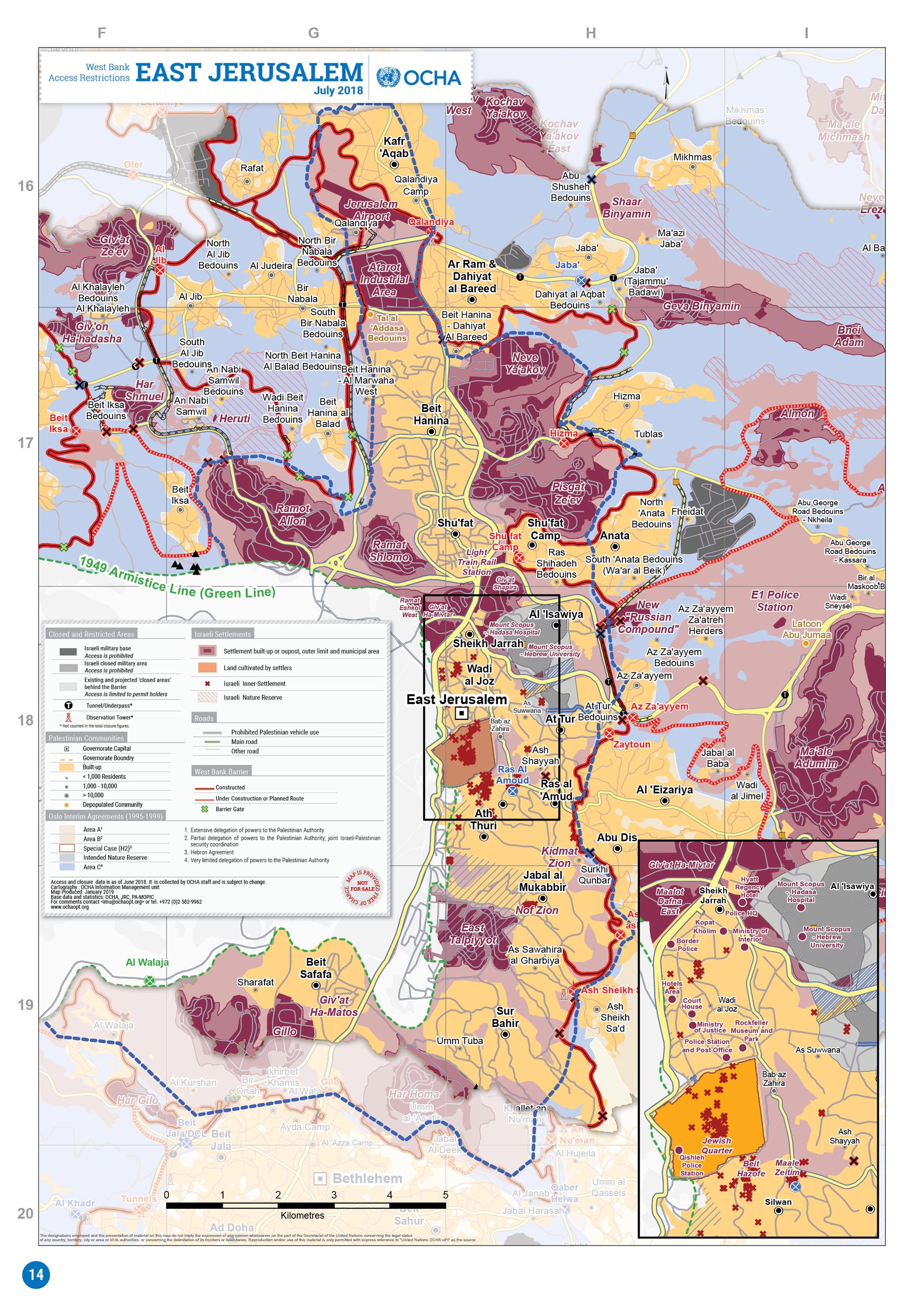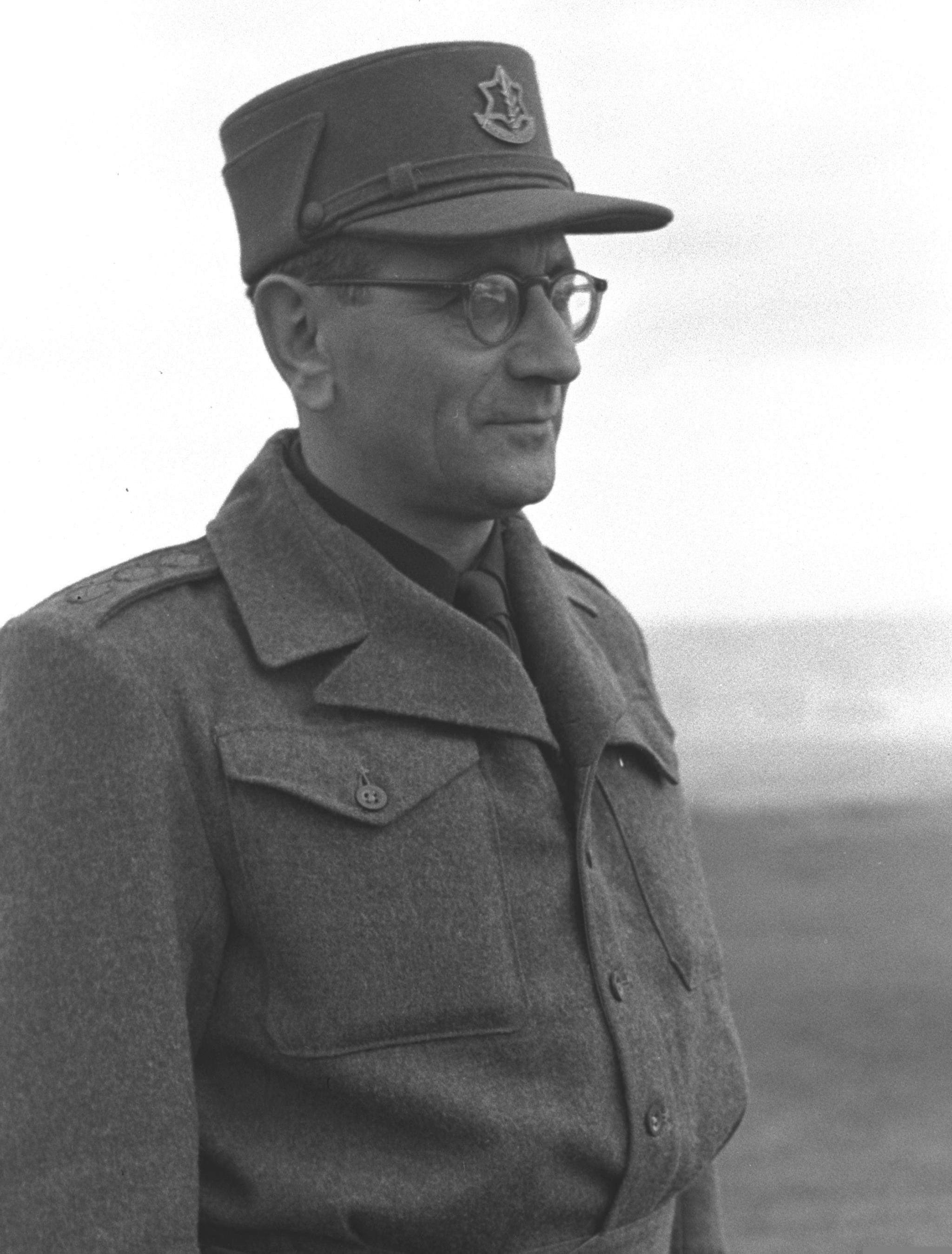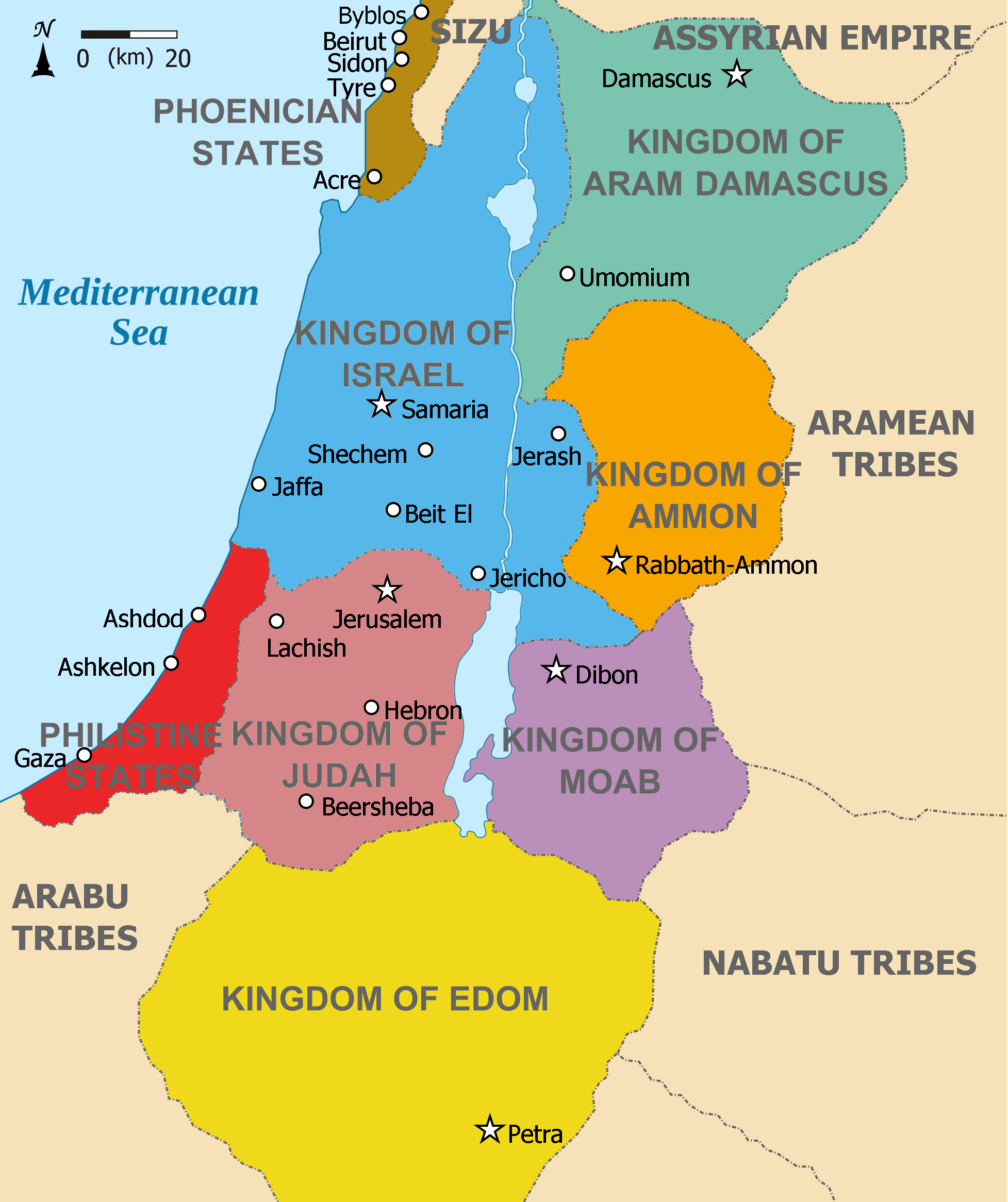|
Operation Kedem
Operation Kedem was an action planned and carried out by Irgun and Lehi forces in July 1948, during the 1948 Arab–Israeli war. Its purpose was to capture East Jerusalem, including the Old City. After the first cease-fire of the Arab–Israeli War, which lasted for four weeks, the balance in power in Jerusalem had shifted dramatically. The Jews were now much stronger than the Arabs in the Jerusalem sector. Irgun and Lehi attempts to break through the wall into the Old City failed. Operation The operation was to be carried out by Irgun and Lehi forces on July 8 with help from the Haganah. But it was delayed by David Shaltiel. He told them to first capture the Arab village of Malha. On July 14, 1948, after a fierce battle in the early hours of the morning, the Irgun occupied the village. Several hours later, the Arabs launched a counterattack. Reinforcements arrived and the village was retaken by the Arabs. The Irgun lost 17 men in the battle for Malha, and many were wounded. ... [...More Info...] [...Related Items...] OR: [Wikipedia] [Google] [Baidu] [Amazon] |
East Jerusalem
East Jerusalem (, ; , ) is the portion of Jerusalem that was Jordanian annexation of the West Bank, held by Jordan after the 1948 Arab–Israeli War, as opposed to West Jerusalem, which was held by Israel. Captured and occupied in 1967, this area was unilaterally annexed by Israel in 1980. Under international law, East Jerusalem is considered part of the Palestinian territories, and under illegal occupation by Israel. Many states recognize East Jerusalem as the capital of the State of Palestine (such as Brazil, China,China supports Palestinian UN bid (Xinhua, 8 September 2011) "China recognizes Palestine as a country with east Jerusalem as its capital and possessing full sovereignty and independence, in accordance with borders agreed upon in 1967, according to Jiang" Russia ... [...More Info...] [...Related Items...] OR: [Wikipedia] [Google] [Baidu] [Amazon] |
Malha
Malha is a neighborhood in southwest Jerusalem, between Pat (Jerusalem), Pat, Ramat Denya and Kiryat Hayovel in the Valley of Rephaim. Before 1948, Malha was an Arabs, Arab village known as al-Maliha (). Malha is now an upscale neighborhood featuring the Malha Mall, Malha Shopping Mall, Teddy Stadium, and the Jerusalem Technology Park. History Antiquity Excavations in Malha revealed Intermediate Bronze Age domestic structures. A dig in the Rephaim Valley carried out by the Israel Antiquities Authority in the region of the Malha Shopping Mall and Jerusalem Biblical Zoo, Biblical Zoo uncovered a village dating back to the Middle Bronze Age II B (1,700 – 1,800 BCE). Beneath this, remains of an earlier village were found from the Early Bronze Age IV (2,200 – 2,100 BCE). According to the archaeologists who excavated there in 1987–1990, Malha is believed to be the site of ''Manahat'', a Canaanite town on the northern border of the Tribe of Judah (). increasing in the 1931 cens ... [...More Info...] [...Related Items...] OR: [Wikipedia] [Google] [Baidu] [Amazon] |
List Of Battles And Operations In The 1948 Palestine War
Following is a list of battles and operations in the 1948 Palestine war. Operations in the 1947–1948 inter-communal war in Palestine Arms acquisitions Following is a list of operations undertaken by the Yishuv and later Israel to acquire munitions abroad. First stage Following is a list of operations between May 15, 1948—the Arab invasion of Palestine—and June 11, 1948—the first truce of the war. Battles of the Ten Days and second truce Following is a list of battles and operations between the first and second truces of the war—July 8, 1948—July 18, 1948. This period was named "Battles of the Ten Days" in Israel. Also listed are Israeli operations during the second truce. Final stage Following is a list of battles and operations from the second truce of the war up to the 1949 Armistice Agreements. See also * 1947–48 Civil War in Mandatory Palestine * 1948 Arab–Israeli War The 1948 Arab–Israeli War, also known as the First Arab–Israeli War, ... [...More Info...] [...Related Items...] OR: [Wikipedia] [Google] [Baidu] [Amazon] |
Shabbat
Shabbat (, , or ; , , ) or the Sabbath (), also called Shabbos (, ) by Ashkenazi Hebrew, Ashkenazim, is Judaism's day of rest on the seventh day of the seven-day week, week—i.e., Friday prayer, Friday–Saturday. On this day, religious Jews remember the biblical stories describing the Genesis creation narrative, creation of the heaven and earth in six days and the redemption from slavery and the Exodus from Egypt. Since the Hebrew calendar, Jewish religious calendar counts days from sunset to sunset, Shabbat begins in the evening of what on the civil calendar is Friday. Shabbat observance entails refraining from 39 Melachot, work activities, often with shomer Shabbat, great rigor, and engaging in restful activities to honor the day. Judaism's traditional position is that the unbroken seventh-day Shabbat originated among the Jewish people, as their first and most sacred institution. Variations upon Shabbat are widespread in Judaism and, with adaptations, throughout the Abraham ... [...More Info...] [...Related Items...] OR: [Wikipedia] [Google] [Baidu] [Amazon] |
Mount Zion
Mount Zion (, ''Har Ṣīyyōn''; , ''Jabal Sahyoun'') is a hill in Jerusalem, located just outside the walls of the Old City (Jerusalem), Old City to the south. The term Mount Zion has been used in the Hebrew Bible first for the City of David (archaeological site), City of David (, ; , ) and later for the Temple Mount, but its meaning has shifted and it is now used as the name of ancient Jerusalem's Western Hill. In a wider sense, the term Zion is also used for the entire Land of Israel. Etymology The etymology of the word ''Zion'' is uncertain. Mentioned in the Bible in the Book of Samuel (2 Samuel 5:7) as the name of the Jebusite fortress conquered by King David, its origin likely predates the Israelites. If Semitic languages, Semitic, it may be associated with the Hebrew root ''ṣiyyôn'' ("castle"). Though not spoken in Jerusalem until 1,700 years later, the name is similar in Arabic language, Arabic and may be connected to the root ''ṣiyya'' ("dry land") or the Arabic ' ... [...More Info...] [...Related Items...] OR: [Wikipedia] [Google] [Baidu] [Amazon] |
Etzioni Brigade
The Etzioni Brigade (, ''Hativat Etzyoni''), also 6th Brigade and Jerusalem Brigade, is an infantry brigade of the Israel Defense Forces. It was founded in late 1947 as the Field Corps unit responsible for the defence of Jerusalem and its surroundings, where it operated during the 1948 Arab–Israeli War along with the Harel Brigade. Its first commander was Yisrael Amir, who was replaced by David Shaltiel. The brigade participated in operations in the city of Jerusalem itself, including Yevusi, Kilshon, the battles of Ramat Rachel, Kedem and Yekev. Founding and organization The Etzioni Brigade was founded as part of the Haganah command's November 7, 1947 decision to create four infantry brigades based on the HISH— Levanoni, Alexandroni, Givati and Etzioni. In all, three battalions were envisioned and two initially deployed: the 61st " Moriah" Battalion, and the 63rd " Mikhmas" Battalion. The 62nd " Beit Horon" Battalion was added in May 1948, and the 63rd was dis ... [...More Info...] [...Related Items...] OR: [Wikipedia] [Google] [Baidu] [Amazon] |
Jaffa Gate
Jaffa Gate (; , "Hebron Gate") is one of the seven main open gates of the Old City of Jerusalem. The name Jaffa Gate is currently used for both the historical Ottoman gate from 1538, and for the wide gap in the city wall adjacent to it to the south. The old gate has the layout of a medieval gate tower with an L-shaped entryway, which was secured at both ends (north and east) with heavy doors. The breach in the wall was created in 1898 by the Ottoman authorities in order to allow German emperor Wilhelm II to enter the city triumphally. The breach and the ramp leading to it now allow cars to access the Old City from the west. The L-shape of the historical gateway was a classical defensive measure designed to slow oncoming attackers, with its outer gate oriented in the direction of Jaffa Road, from which travellers including pilgrims arrived at the end of their journey from the port of Jaffa. Names Both the Jaffa Gate and Jaffa Road are named after the port of Jaffa, from ... [...More Info...] [...Related Items...] OR: [Wikipedia] [Google] [Baidu] [Amazon] |
New Gate
The New Gate ( ''Bāb ij-Jdïd''; ''HaSha'ar HeChadash'') is the newest of the gates of the Old City of Jerusalem. It was built in 1889 by the Ottomans under the directorship of the French consul and Franciscan brotherhood monkship order to provide direct access between the Christian Quarter and the new neighborhoods then going up outside the walls. The arched gate is decorated with crenelated stonework. The New Gate was built at the highest point of the present wall, at above sea level. Names The ''New Gate'' was the name used by the Ottoman administration. It was also known as ''Bab es Sultan Abd ul Hamid'' by the Arab workforce for the Ottoman Sultan Abdul Hamid II who allowed the building. It should not be confused with the ''New Gate'' of the Second Temple complex mentioned in the Book of Jeremiah () that served as entrance to the Great Sanhedrin's Hall of Hewn Stones, and was previously called the Benjamin Gate. History Byzantine period During the 3rd and 4th cen ... [...More Info...] [...Related Items...] OR: [Wikipedia] [Google] [Baidu] [Amazon] |
Yehuda Lapidot
Yehuda Lapidot (; born August 13, 1928) is an Israeli historian, former professor of biochemistry, and veteran of the Zionist militia Irgun. Irgun years Yehuda Lapidot was born in Eretz Israel (Mandatory Palestine) in 1928. At age 15, he joined Irgun, taking the '' nom de guerre'' "Nimrod" and soon became active in the Irgun's Combat Corps (''Hayil Kravi'') in Ramat Gan, being responsible for maintaining weapon arsenals there and in Bnei Brak. During the Jewish insurgency in Palestine, also known as the Revolt, he took part in anti-British operations. On 2 April 1946, he participated in a major operation to sabotage the railway network in southern Palestine, and was severely wounded in the arm. While recuperating from his injury, which prevented him from using a gun, he worked in the Irgun's propaganda department, where he was director of its foreign press section. In 1947, he was transferred to Jerusalem, and served as a commander during the 1947-1948 civil war. Initially ... [...More Info...] [...Related Items...] OR: [Wikipedia] [Google] [Baidu] [Amazon] |
David Shaltiel
David Shaltiel (; 16 January 1903 – February 1969) was an Israeli military and intelligence officer, later also diplomat, and was most well known for being the district commander of the Haganah in Jerusalem during the 1948 Arab–Israeli War. Biography David Shaltiel was born on 16 January 1903 in Berlin into a Portuguese Sephardic family, the oldest son of Benjamin Sealtiel and Helene Wormser. At 16, Shaltiel joined the Zionist youth movement Blau Weiss, and he went to Palestine in 1923. However, he was not happy there, and returned to Europe in 1925. From 1925 to 1930 he was enlisted in the French Foreign Legion. In 1934 he returned to Palestine. There he started working for the Haganah, being charged with buying arms in Europe. In 1936 he was captured in Aachen, Germany, by Gestapo. Shaltiel spent the next three years in prisons/concentration camps, including Dachau and Buchenwald. When he was sent to Berlin in 1939 the Haganah succeeded in freeing him. He then went back ... [...More Info...] [...Related Items...] OR: [Wikipedia] [Google] [Baidu] [Amazon] |
Palestine (region)
The region of Palestine, also known as historic Palestine, is a geographical area in West Asia. It includes the modern states of Israel and Palestine, as well as parts of northwestern Jordan in some definitions. Other names for the region include Canaan, the Promised Land, the Land of Israel, or the Holy Land. The earliest written record Timeline of the name Palestine, referring to Palestine as a geographical region is in the ''Histories (Herodotus), Histories'' of Herodotus in the 5th century BCE, which calls the area ''Palaistine'', referring to the territory previously held by Philistia, a state that existed in that area from the 12th to the 7th century BCE. The Roman Empire conquered the region and in 6 CE established the province known as Judaea (Roman province), Judaea. In the aftermath of the Bar Kokhba revolt (132–136 CE), the province was renamed Syria Palaestina. In 390, during the Byzantine period, the region was split into the provinces of Palaestina Prima, Pal ... [...More Info...] [...Related Items...] OR: [Wikipedia] [Google] [Baidu] [Amazon] |





